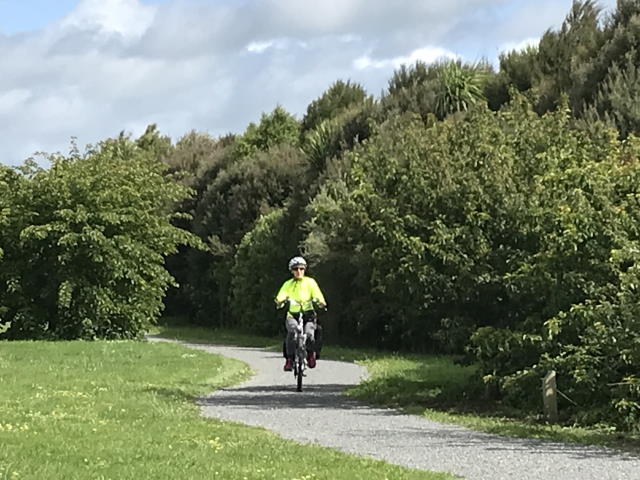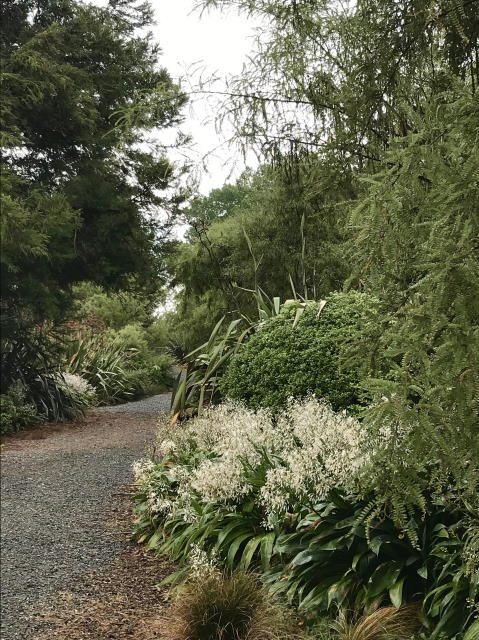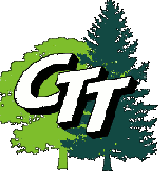If you are looking for a different place to walk or cycle in Cambridge, try the Maple Arboretum. Accessed at the end of Tiaki Way (off Thornton Road) the track winds between groups of maples from different parts of the world. All 30-plus varieties are named and have been planted by the Cambridge Tree Trust, the younger ones being at the SE end of the arboretum, and the older ones at the NW end, near the green bridge. They vary from large shrubs to what will eventually be tall trees, and are gradually being underplanted with violets, hellebores and Japanese anemones.
The taller ones are mainly from North America; these include various forms of the red swamp maple, Acer rubrum (at their most spectacular in autumn), the sugar maple, A. saccharum, from which maple syrup is obtained, and not to be confused with A.saccharinum, or silver maple, which has a very attractive large leaf with a silver back. From Europe and Türkiye come the purple sycamore, the field maple and the Cappadocian maple. By far the greatest number however are from Asia. From Japan come various forms of the well-known A. palmatum including purple, weeping and coral-barked varieties, and also the beautiful A.capillipes (red snake-bark maple) and A. myabei (corky-barked maple) from Hokkaido. From China we have A. fabri, an unusual evergreen maple (unfortunately hit hard by the late October frost of 2022), the delicate A. pentaphyllum (five-fingered maple), the unique A. griseum with bronze peeling bark, the elegant A. pubinerve with lovely arching branches, and many, many more.

Looking for somewhere different to walk or picnic with family? Try the Meadow Walk in Leamington. Accessed at the end of Alpers Ridge Road, the entrance is beside number 50. A concrete path leads to a gate which is unfortunately kept locked, but next to it is a sturdy stile. After 50 metres you reach a grove of cabbage trees, occupying a small wetland area. The path then climbs through an open orchard section where peaches and heritage apples are available for picking in autumn. At the top there is a seat, the Falcon’s Rest - maybe you will see the rare karearea gliding by.
Continuing on, a number of handsome cryptomeria line the left side of the path while kowhai groves feature on the right, under-planted with rengarenga, in their full glory in early summer. Passing through the open gateway at the end you will shortly descend steeply to a culvert which spans the outlet to another wetland. Here the native jointed rush, oioi, has been extensively planted to slow and clean the water as it flows into the river. Also planted here are flax, toi toi, kahikatea, ribbonwood, cabbage tree, manuka and other wetland species, including Nyssa sylvatica and swamp cyprus to provide autumn colour.
Follow the track, passing maples, gingko, liquidamber, copper beech underplanted with the weirdly prehistoric forms of various prostrate coprosmas. You can continue at the end alongside a wooden fence and over another stile to follow marker posts through the meadows, emerging at the end of Fletcher Place. From there, you can continue on, using the Poets Track. Alternatively turn back to the large grassed area on the left, perfect for a picnic in the shade of one of the many large trees, overlooking the wetland planting below.


